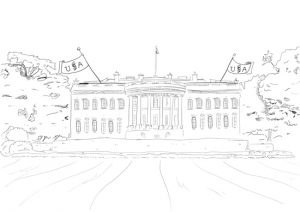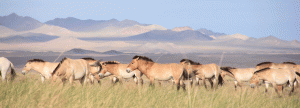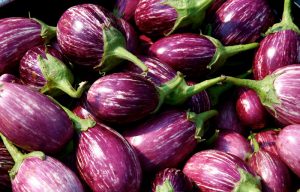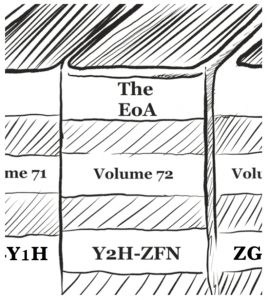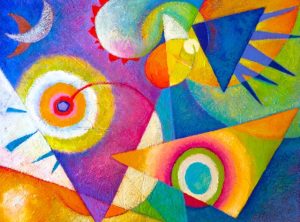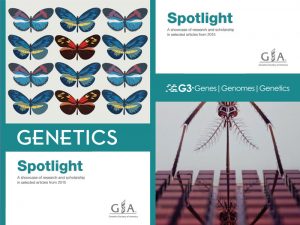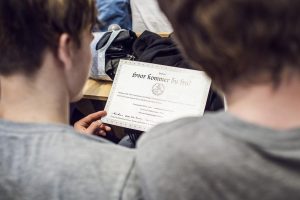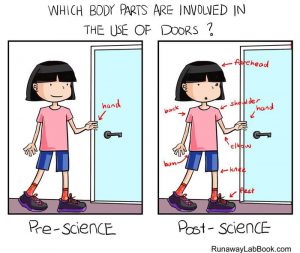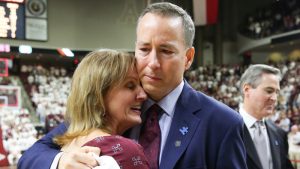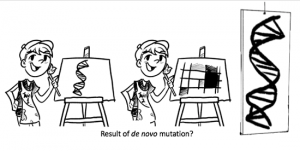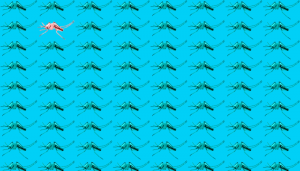Enter your address to receive notifications about new posts to your email.
Featured
-
Featured
Dear Mr. Trump
Dear President-elect Trump, Congratulations on your victory. As a fellow president myself (albeit with a much smaller constituency), I can remember well those early post-election days, when the surge of heady enthusiasm for all those things I hoped to accomplish had not yet been eroded by the practicalities of actually governing. But as a geneticist…
-
Featured
The Genetic History of Horses
Like any revolutionary technology, domestic horses changed human society. The incredible speed and strength of these animals opened up new opportunities to spread trade, language, and culture. For thousands of years, horses have been helping build human society by pulling wagons and plows and carrying soldiers and travelers on their backs. Horse husbandry changed humanity,…
-
Featured
GSA-Art: Biswapriya Misra
GSA-Art features the creative works of scientists. Read more in GSA President Stan Fields’ call for submissions. If you would like to submit your own work or nominate someone else’s, please send an email to GenesToGenomes@genetics-gsa.org with “GSA-Art” in the subject line. Biswapriya Misra is a postdoc in the Department of Genetics at the Texas Biomedical Research Institute. He loves cooking and…
-
Featured
That which we call AROSE
I’m a total sucker for new methods. I couldn’t wait to try out Trans-Helical Illumination (THI), in which low intensity lasers prime conversion of helical proteins. The potential of Synthetically Integrative Sensor Neurons (SISN) to probe brain subregion function is inspiring. Closer to my own heart, we have high hopes that Optical Wavelength Assembly of…
-
Featured
GSA-Art: Joanne Topol
Guest post by Joanne Topol. GSA-Art features the creative works of scientists. Read more in GSA President Stan Fields’ call for submissions. If you would like to submit your own work or nominate someone else’s, please send an email to GenesToGenomes@genetics-gsa.org with “GSA-Art” in the subject line. My art reflects inner feelings that cannot be accessed through analytic thought. These feelings are…
-
Featured
GSA Journals Spotlight 2015
The GSA Journals, GENETICS and G3: Genes|Genomes|Genetics, are proud to present our annual Spotlight booklets for research published in 2015. Each Spotlight is a showcase of the excellent research and scholarship published over the course of the year, along with a selection of striking images submitted by our authors. Browse the 2015 GENETICS Spotlight. Browse the 2015 G3 Spotlight. …
-
Featured
Genomic study of high school students from across Denmark reveals remarkable genetic homogeneity
People from Denmark are genetically similar to each other no matter which part of the country they come from, report researchers in the journal GENETICS, a publication of the Genetics Society of America. Eight hundred Danish high school students contributed genetic material to the Where Are You From? project, and the data were used to…
-
Featured
GSA-Art: Barbara Shih
GSA-Art features the creative works of scientists. Read more in GSA President Stan Fields’ call for submissions. If you would like to submit your own work or nominate someone else’s, please send an email to GenesToGenomes@genetics-gsa.org with “GSA-Art” in the subject line. To me, science is not about being in the lab; it is about solving puzzles. I have been working…
-
Featured
GSA-Art: Matthew Sachs
GSA-Art features the creative works of scientists. Read more in GSA President Stan Fields’ call for submissions. If you would like to submit your own work or nominate someone else’s, please send an email to GenesToGenomes@genetics-gsa.org with “GSA-Art” in the subject line. Our first GSA-Art post is by Matthew S. Sachs, a Professor in the Department of Biology at Texas A&M University…
-
Featured
No “two cultures” here: send us your art
I’m fond of saying that while scientists often have a hankering to draw sketches, pen novels, compose songs, or carry out other acts of artistic creation in what available free time they have, you don’t find many creative artists hankering to borrow a bit of lab space for a few nighttime experiments. If you’re a…
-
Featured
Can gene drives survive in the wild?
Efforts to engineer genomes in wild populations have huge potential for good—but the real world is more complicated than the lab. Until now, humans have never been able to seriously consider how to cheat evolution. But now that the CRISPR/Cas9 system has made genome editing easy and efficient, it might be possible to manipulate the…


